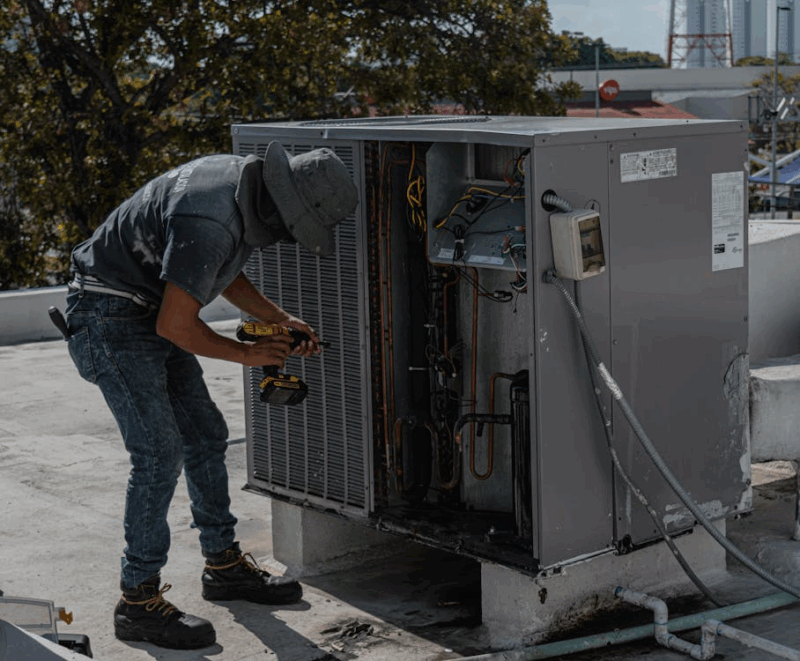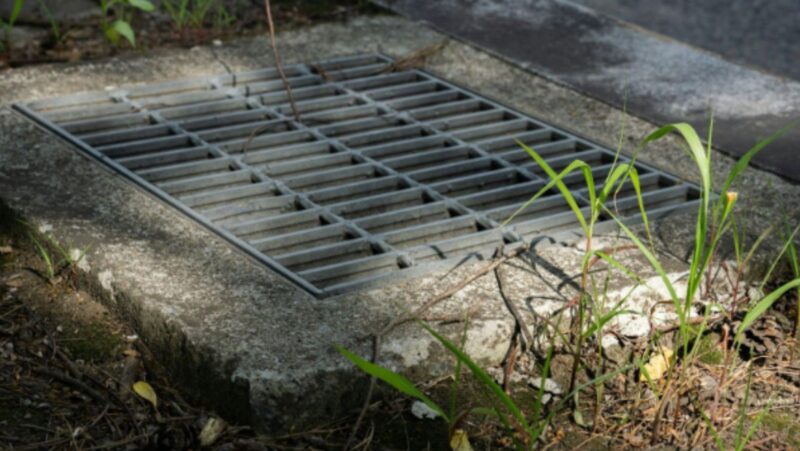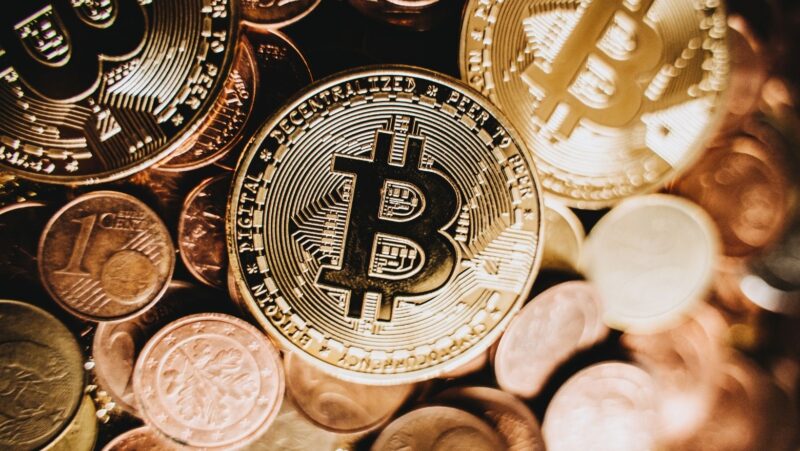
Viking ovens, celebrated for their durability and precision, occasionally face issues like failing to heat up. This can be a major inconvenience, disrupting cooking plans.
This guide aims to simplify the process of diagnosing and repairing a non-heating Viking oven, catering to both DIY enthusiasts and those seeking knowledge before professional consultation.
It outlines common problems, diagnostic steps, and repair methods, emphasizing safety and practicality.
This comprehensive approach ensures you have the essential information to efficiently resolve heating issues, restoring your Viking oven’s functionality and reliability for your culinary endeavors.
Common Causes of Heating Issues
When your Viking oven fails to heat up, it’s crucial to understand the potential causes behind this problem. Identifying the root cause is the first step towards a successful repair. Here, we explore the most common reasons for heating issues in Viking ovens.
Power Supply Issues
Cause: One of the simplest reasons your Viking oven may not be heating is a power supply issue. This could be due to the oven not being properly plugged in, a tripped circuit breaker, or power surges.
Fix: Ensure that the oven is securely plugged into the outlet. Check your home’s circuit breaker or fuse box; reset any tripped breakers or replace blown fuses. If power surges are frequent, consider using a surge protector.
Faulty Heating Elements
Cause: Heating elements can burn out or become defective over time, impacting the oven’s heating ability. Visible signs like blistering or separation indicate a damaged element.
Fix: Inspect the elements for physical damage. Use a multimeter to test for continuity. If an element is faulty, it needs to be replaced. Ensure the oven is unplugged before attempting any repairs.
Thermostat Problems
Cause: A malfunctioning thermostat can result in uneven or no heating. Issues may arise from misalignment, calibration errors, or component failure.

Fix: Test the thermostat’s sensor for proper functioning. If calibration is off, consult the oven’s manual for recalibration instructions. If the thermostat is faulty, it may need to be replaced.
Control Board Malfunctions
Cause: The control board regulates the voltage to the heating elements. Defects in this board can disrupt heating, indicated by unresponsive oven commands or error codes.
Fix: Diagnosing control board issues is complex and often requires professional assessment. If a problem is confirmed, the control board should be replaced by a qualified technician.
Door Latch/Switch Issues
Cause: In models with self-cleaning features, a faulty door latch or switch can prevent heating as a safety measure.
Fix: Inspect the door latch or switch for proper operation. Adjustments or replacements might be necessary if the door isn’t sealing correctly or the switch isn’t functioning.
Igniter Problems in Gas Ovens
Cause: In gas ovens, a failing igniter can prevent heating by not igniting the gas in the burner and failing to open the gas valve.
Fix: Check the igniter for continuity using a multimeter. Observe if it glows and ignites the gas properly. If the igniter is weak or not operating, it should be replaced.
Wiring and Connections
Cause: Loose, damaged, or worn-out wiring and connections can interrupt power flow to crucial components, affecting oven operation.
Fix: Inspect all visible wiring and connections for signs of damage or wear. Tighten any loose connections and replace damaged wires. Always ensure the oven is disconnected from the power source before handling wiring.
When to Seek Professional Help
While many issues with Viking ovens can be diagnosed and resolved with some DIY skills, there are situations where it’s best to seek professional help.

Understanding the limits of DIY repairs and recognizing when to call in an expert can save time, ensure safety, and prevent further damage to your appliance.
Here are scenarios and considerations for seeking professional assistance:
- Complex Electrical Issues: If the problem involves intricate electrical components such as the control board, wiring harnesses, or other complex circuitry, it’s advisable to consult a professional. These components require specialized knowledge and tools for safe and effective repair.
- Gas Oven Concerns: For Viking gas ovens, any issues related to gas lines, valves, or connections should be addressed by a certified technician. Working with gas appliances carries inherent risks, such as gas leaks or fire hazards, and should be handled by someone trained in dealing with these specific dangers.
- Persistent Problems After DIY Repair: If you’ve attempted a DIY repair and the issue persists or worsens, it’s time to call a professional. This indicates that the problem might be more complex than initially thought or that there might be multiple underlying issues.
- Lack of Tools or Expertise: Certain repairs require specific tools or a level of expertise that might be beyond the average homeowner’s capabilities. If you find yourself in over your head or without the necessary equipment, seeking professional help is the safest choice.
- Warranty Considerations: If your Viking oven is still under warranty, attempting DIY repairs could void the warranty. In such cases, it’s best to contact authorized service providers who can carry out repairs under the terms of the warranty.
- Safety Concerns: Safety should always be your primary concern. If at any point you feel unsure or unsafe about performing a repair, it’s better to err on the side of caution and consult a professional. This is especially important when dealing with electrical appliances and gas ovens.
- Efficiency and Time Constraints: Sometimes, the time and effort required to diagnose and fix an issue may not be practical for you. Professional technicians can often resolve problems more quickly and efficiently, reducing the downtime of your appliance.
Finding the Right Professional
When you decide to seek professional help, make sure to choose a qualified and experienced technician, preferably one who specializes in Viking appliances.
Check for certifications, read reviews, and ask for recommendations from friends or family.
An experienced technician will not only fix the current issue but can also provide insights into maintaining your oven’s longevity and performance.
Remember, while DIY repairs can be satisfying and cost-effective, they are not always the best course of action, especially when dealing with complex or potentially dangerous issues.
Knowing when to call in a professional can save you from unnecessary risks and ensure that your Viking oven is restored to its optimal condition.



